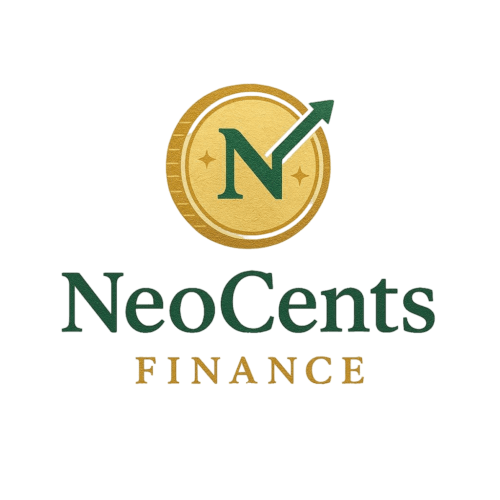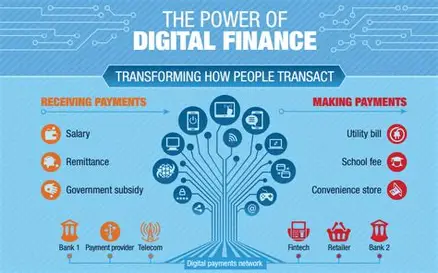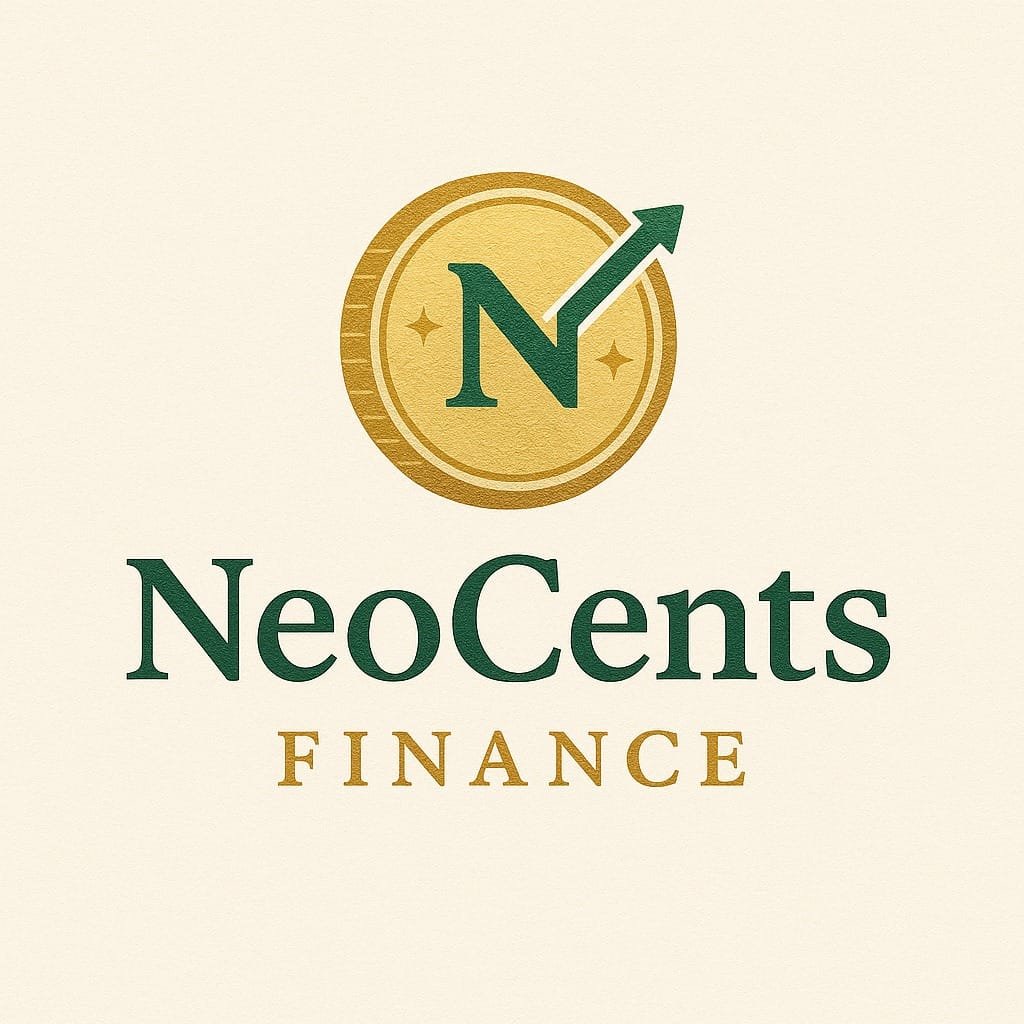Crowdfunding Is Evolving, and Digital Finance Is Leading the Way
Kickstarter. GoFundMe. Indiegogo. These platforms have helped bring everything from card games to smart home gadgets to life. But the real engine behind their success? Digital finance.
In 2025, crowdfunding isn’t just about asking strangers for money; it’s about building trust, managing funds seamlessly, and staying compliant. That’s where digital finance becomes essential.
Whether you’re launching a product, raising equity, or funding a creative dream, here’s how digital finance tools are making crowdfunding smarter, safer, and more scalable.
What Is Crowdfunding (and Why It’s Booming)
Crowdfunding allows individuals or businesses to raise capital directly from a crowd, often via online platforms, instead of going through traditional channels like banks or VCs.
Common Types of Crowdfunding:
- Rewards-based: Backers get products or perks (Kickstarter, Indiegogo)
- Equity-based: Investors get shares (WeFunder, Republic)
- Donation-based: Pure support without expectation (GoFundMe)
- Debt-based: Borrowers repay with interest (Kiva, Funding Circle)
Global crowdfunding volume is projected to surpass $30 billion in 2025, with fintech infrastructure enabling much of that growth.
The Role of Digital Finance in Crowdfunding
Digital finance acts as the invisible backbone of successful crowdfunding campaigns:
1. Payment Processing
- Stripe, PayPal, Adyen handle pledges securely
- Mobile wallets increase conversion (Apple Pay, Google Pay)
2. Fund Distribution
- Platforms like Kickstarter hold funds in escrow, then release post-campaign
- Digital ledgers and APIs ensure transparency
3. KYC/AML & Compliance
- Equity platforms use Persona, Alloy, or Prime Trust to verify investors
- Automated checks maintain SEC/FINRA compliance in real-time
4. Budgeting & Forecasting
- Founders use tools like Wave, QuickBooks, or Brex to plan spending
- Expense tracking ensures backers’ money is well used
Benefits of the Digital Finance + Crowdfunding Combo
- Speed: Campaign funds can be deposited and accessed faster
- Security: Encrypted payments and fraud monitoring protect both sides
- Access: Global contributors can pledge in multiple currencies
- Transparency: Financial dashboards build trust with backers
- Scalability: Easier to manage $100K than $10K thanks to automation
Digital finance removes the headaches that used to come after hitting your goal.
Crowdfunding Platform Examples with Strong Fintech Stacks
1. Kickstarter
- Uses Stripe for global transactions
- Offers real-time campaign analytics
2. Republic
- Integrates digital KYC for equity deals
- Offers investor wallets and revenue dashboards
3. WeFunder
- Provides digital contracts and investment tracking tools
- Partners with escrow banks and custodians
These platforms succeed not just because of community, but because of solid financial tech under the hood.
Implementation Tips for Founders
Want to use crowdfunding to fund your next product or company?
Do This:
- Choose the right platform based on campaign type
- Set up a digital bank account (Relay, Mercury)
- Link Stripe or PayPal for payouts
- Use budgeting tools to track spend from day one
- Offer backers transparency via dashboards or updates
Pro Tip: Even a simple Google Sheet + regular updates builds backer trust.
The Future of Fundraising Is Digital, and Crowdfunded
Crowdfunding and digital finance aren’t just compatible, they’re complementary. Together, they unlock new funding models, enable leaner operations, and empower creators to go from idea to impact.
So if you’ve got a vision and a crowd behind you, plug in a smart finance stack, and make your campaign unstoppable.







